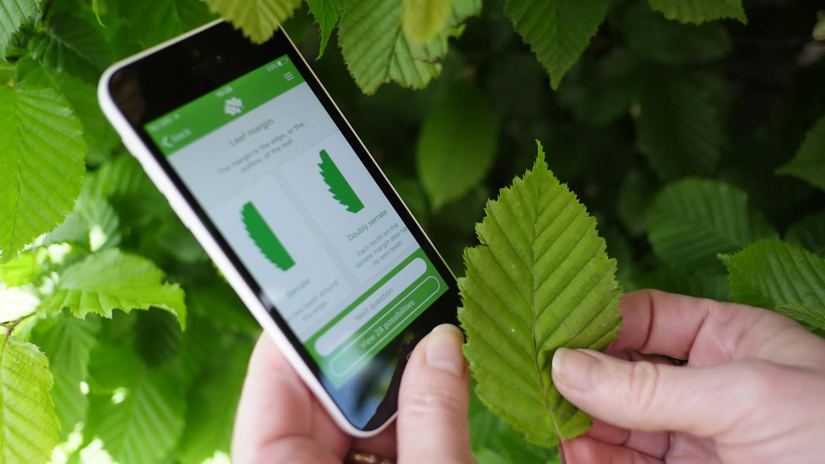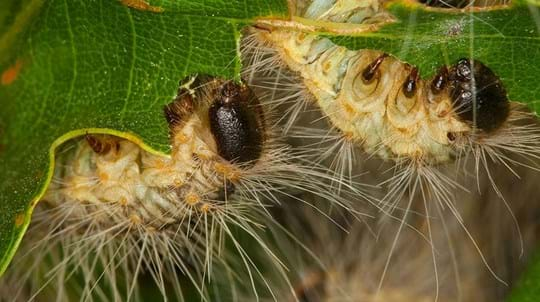
Credit: Nature Photographers Ltd / WTML
Leaves
The oval leaves are similar to those of the white willow, being long and slender, dark, glossy green above and light blue-green below. However the leaves of the crack willow are longer than those of the white willow, and they do not have a covering of fine, silky white hairs on the underside.

















